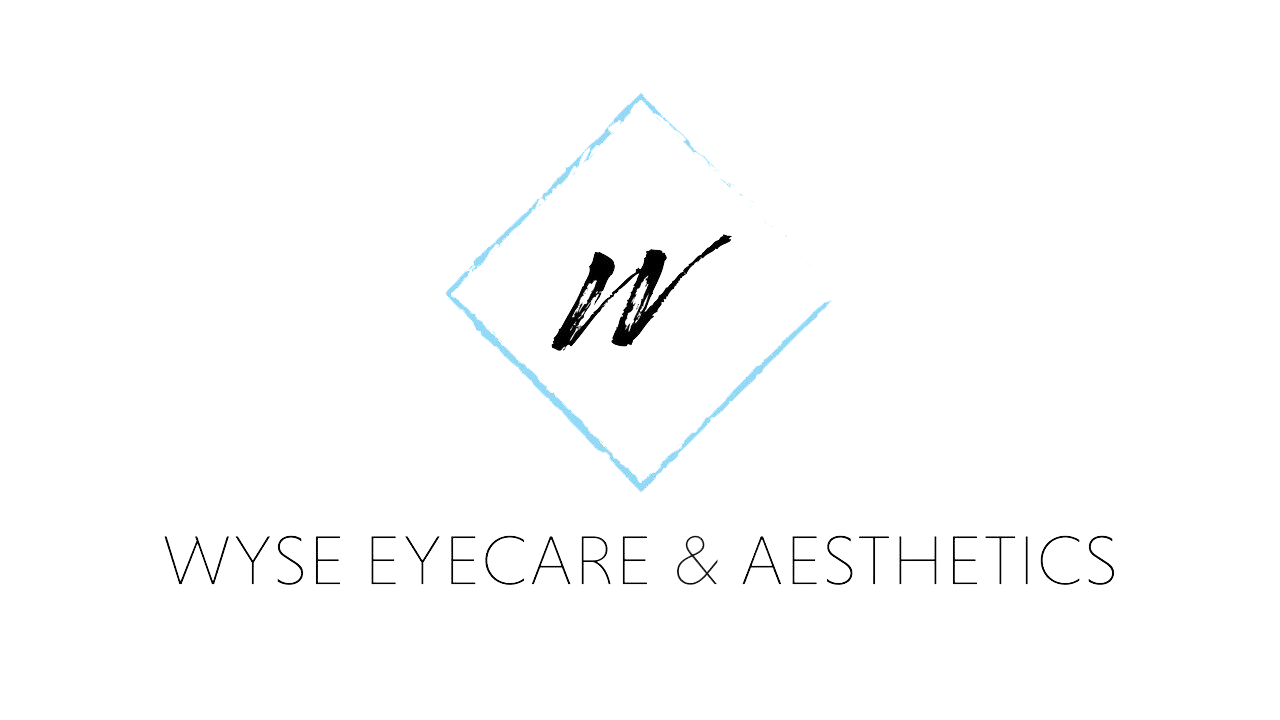Corneal Disease
What is the cornea?
The cornea is the clear covering over the eye, in front of the iris (colored portion of the eye). When healthy and normal, the cornea is completely transparent, like a glass window. It is composed of 5 layers, and dysfunction of any of these 5 layers can cause decreased vision. Most often, it is either the epithelium (surface layer), stroma (middle layer), or endothelium (innermost layer) that is disrupted in corneal disease, so treatments are aimed at the layer that causes the problem. Many conditions, both systemic and local, can affect the cornea to make it cloudy or opaque, which will impair vision to varying degrees. The cornea is extremely sensitive, due to its high density of nerve endings, so any injury or disease process that affects the cornea may be uncomfortable or painful.
How is corneal disease diagnosed?
Most corneal diseases require careful examination at the slit lamp, which is a specialized microscope that allows us to see the cornea in a magnified view, as well as through many different angles, in order to see all 5 layers of the cornea. Most corneal diseases can be identified in this manner, though sometimes special testing, such as imaging, culture swabs or biopsies, must be undertaken in order to give a diagnosis.
How is corneal disease treated?
Many corneal diseases related to infection or injury can be treated with eyedrops to reverse any cloudiness that may have formed in the cornea. This often involves a combination of both steroid and antibiotic drops, though incorrect usage of either of these drops can make the condition worse. Therefore, it is always imperative to be seen by an eye care specialist prior to starting eyedrops for a corneal problem.
In more advanced cases of disease, as well as with some congenital conditions, corneal transplantation surgery is required, when the cloudiness can no longer be treated medically. There are a few different types of corneal transplant surgeries, depending on the layer of the cornea affected.
Full thickness: the entire cornea is replaced. This surgery is required in diseases or injuries that affect all 5 layers of the cornea – the transplanted cornea is held in place with numerous stitches, which are gradually removed over time. While the eye itself is usually healed from surgery within 1-2 months, the recovery of vision may take several months and up to a year. Contact lenses or glasses are often required to achieve the best possible vision after a full-thickness corneal transplant.
Deep anterior lamellar: 90-95% of the cornea is replaced. This is performed in cases where most of the cornea is diseased but the innermost layer, the endothelium, remains healthy. Because the endothelium is often a source of transplant rejection by the body’s immune system, keeping the patient’s own endothelium and replacing the other layers helps reduce the likelihood of rejection. Recovery of the vision may take several months, similar to a full thickness transplant, and it may also require contact lenses or glasses for the best possible visual outcome.
Endothelial keratoplasty: Between 5-20% of the innermost cornea is replaced. This is most often the case in patients with prior surgeries that have led to swelling of the cornea, and the endothelium has become dysfunctional, but this may also be seen with some hereditary corneal diseases. Visual recovery is much more rapid than with a full thickness replacement because most of the structural integrity of the cornea is unchanged, and the surgery can often be done with few to no stitches. This often also leads to better visual outcome with or without glasses than the above surgical options, but the type of disease affecting the cornea will dictate the type of surgical procedure necessary.
Common corneal diseases
Corneal abrasion/erosion – this is also known as a scratch of the eye, and it can occur because of an injury or trauma, but it can also sometimes happen spontaneously due to an underlying corneal condition. It is treated with antibiotics to help prevent infection, but sometimes a bandage contact lens or patching of the eye is required to heal the abrasion.
Pterygium – this is a growth on the surface of the eye, often in one of the corners, that may slowly spread over the cornea and look like a white or pink spot. It is caused by UV damage and is more often seen in people who have spent a lot of time outdoors in the sun. It is usually not dangerous, but it can cause irritation of the eye, and if it grows over the central portion of the cornea, it can block the sight. It is also important to differentiate a pterygium from other tumors that, though rare, could grow on the surface of the eye. Definitive treatment of a pterygium requires surgical removal.
Keratoconus – this is an abnormality in the way the cornea grows during young adulthood that leaves the front surface of the cornea shaped like a tall mountain rather than a semicircle. Because the curvature of the cornea is so irregular, it becomes difficult to focus clearly, even through glasses. This cannot be detected by merely the appearance of the cornea, and oftentimes not even by looking through a microscope, but it requires special measurements of the surface of the eye to diagnose. Mild cases may be treated with soft contact lenses, but more advanced cases require rigid contact lenses or surgery.
Fuchs dystrophy – one of the most common inherited corneal diseases, Fuchs dystrophy leads to reduced function of the innermost layer of the cornea, the endothelium, which is responsible for pumping fluid out of the cornea and maintaining the cornea as a clear window to see through. When the cornea swells in Fuchs dystrophy, the vision becomes cloudy, and there may be discomfort due to an irregular surface of the cornea. In mild cases, observation is adequate, but in more advanced cases, a partial-thickness transplant can be curative.
Corneal edema – this is often a result of Fuchs dystrophy but other cases may be due to prior eye surgery, high pressure in the eye, inflammation of the eye, infections, or injury to the eye. Depending on how much of the cornea is affected, either partial or full-thickness corneal transplantation is required.
Infections – the cornea can develop an infection with a bacteria, virus, or fungus, and rarely, parasite or amoeba. An infection often causes pain, redness of the eye, and cloudy vision. Patients who have had eye surgery are at risk for this, but contact lens wearers are also more prone to corneal infections, as is anyone who has a scratch on the eye. Any of these symptoms requires prompt evaluation and treatment, as the earlier it is treated, the less likely there is to be permanent vision loss.
Ocular surface disease/Dry eye – decreased moisture of the surface of the eye and cornea, whether from too little tear production or too much tear evaporation, can cause irritation and discomfort of the eye. Under the microscope we may see dry spots on the surface of eye and, in advanced cases, may even see scratches or scarring on the surface of the eye. There are numerous treatments for this, and proper management requires a full evaluation, often with ongoing therapy utilizing topical medications. While dry eye cannot be cured, it can usually be well-controlled medically.
Injuries/trauma – injury to the eye often affects the cornea, as it is the most superficial portion of the eye and is only protected by the eyelids. Any type of blunt or sharp injury to the eye should be evaluated by a specialist immediately to determine if there is swelling, scarring, or more advanced damage.

